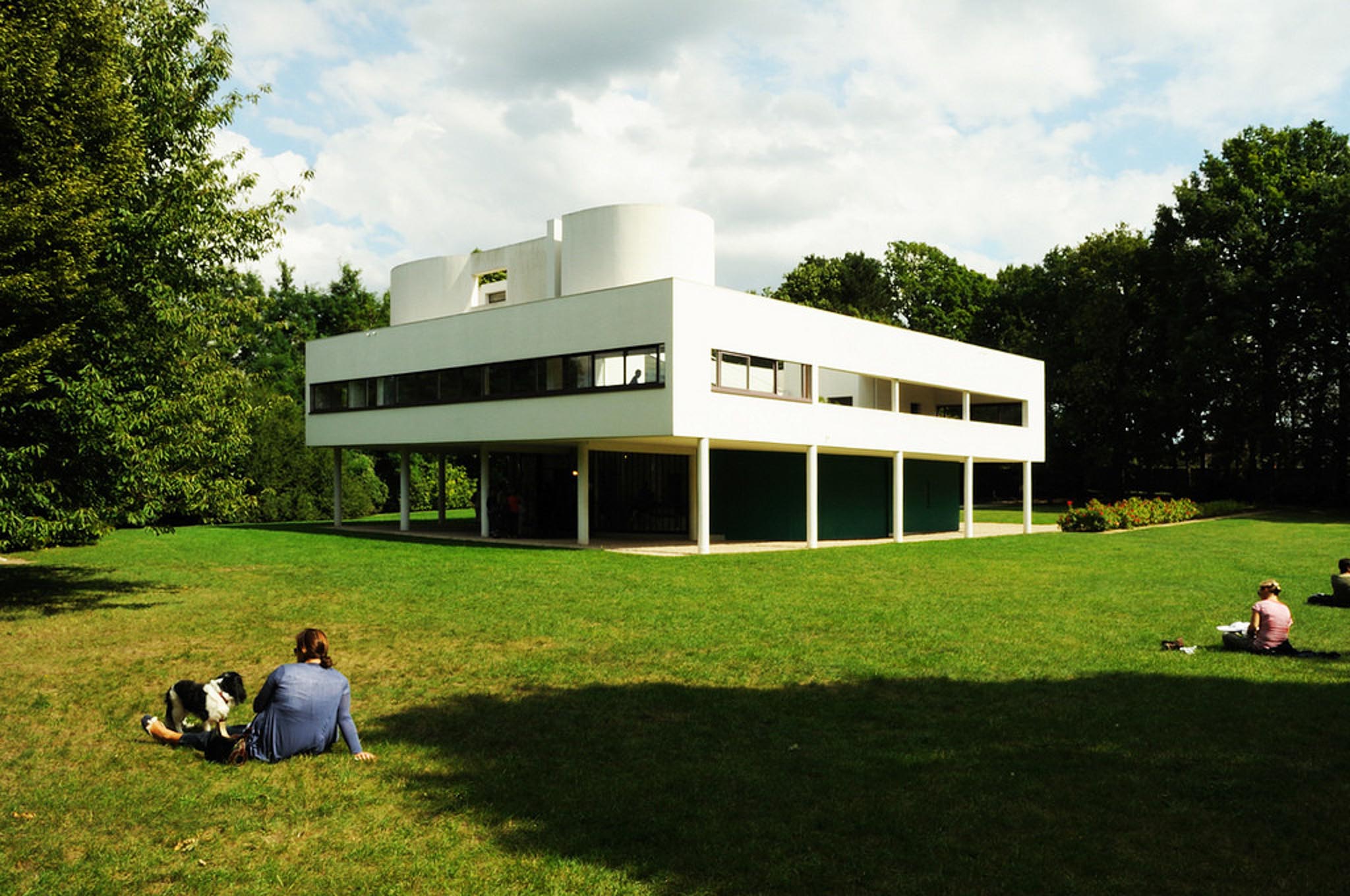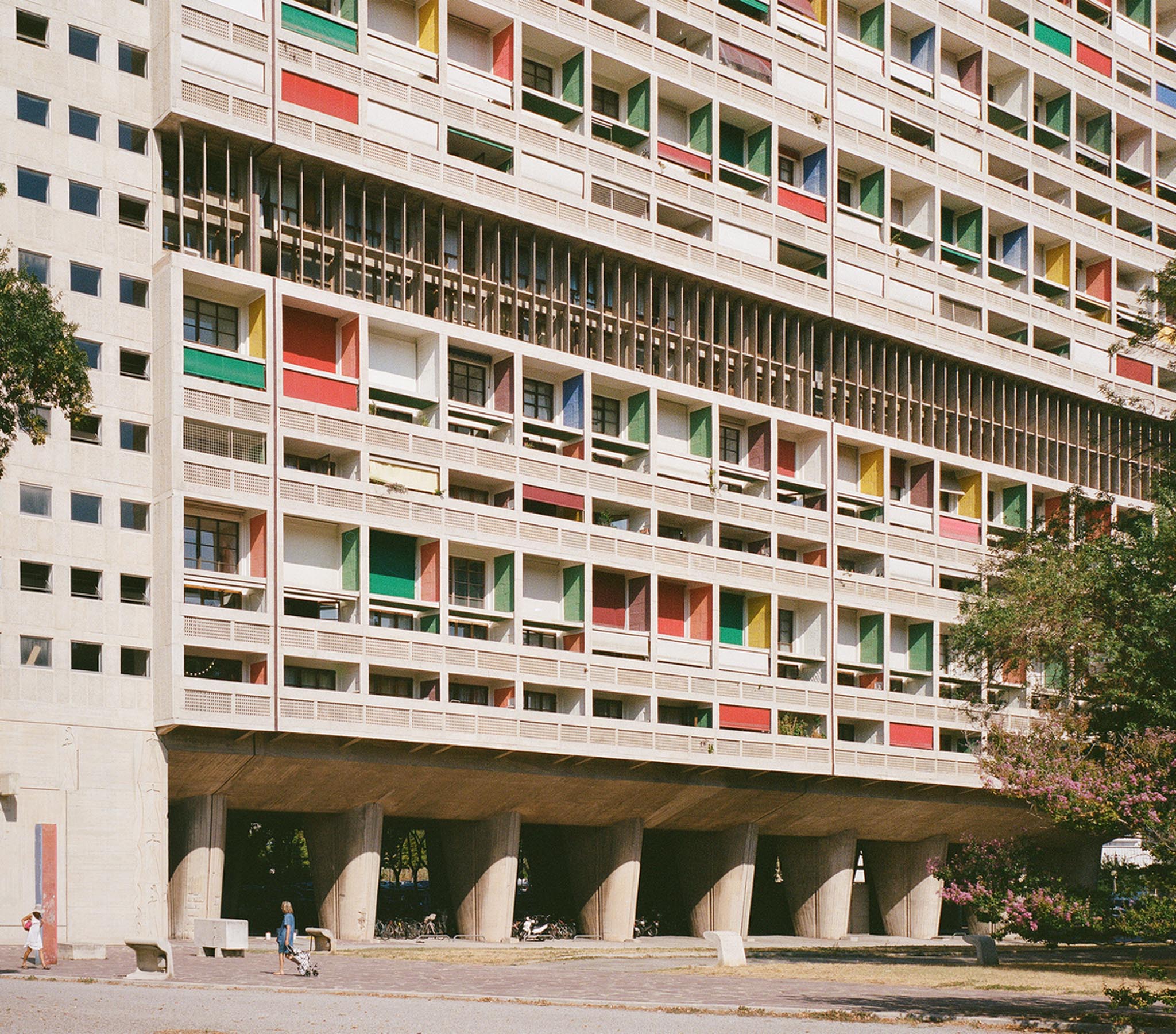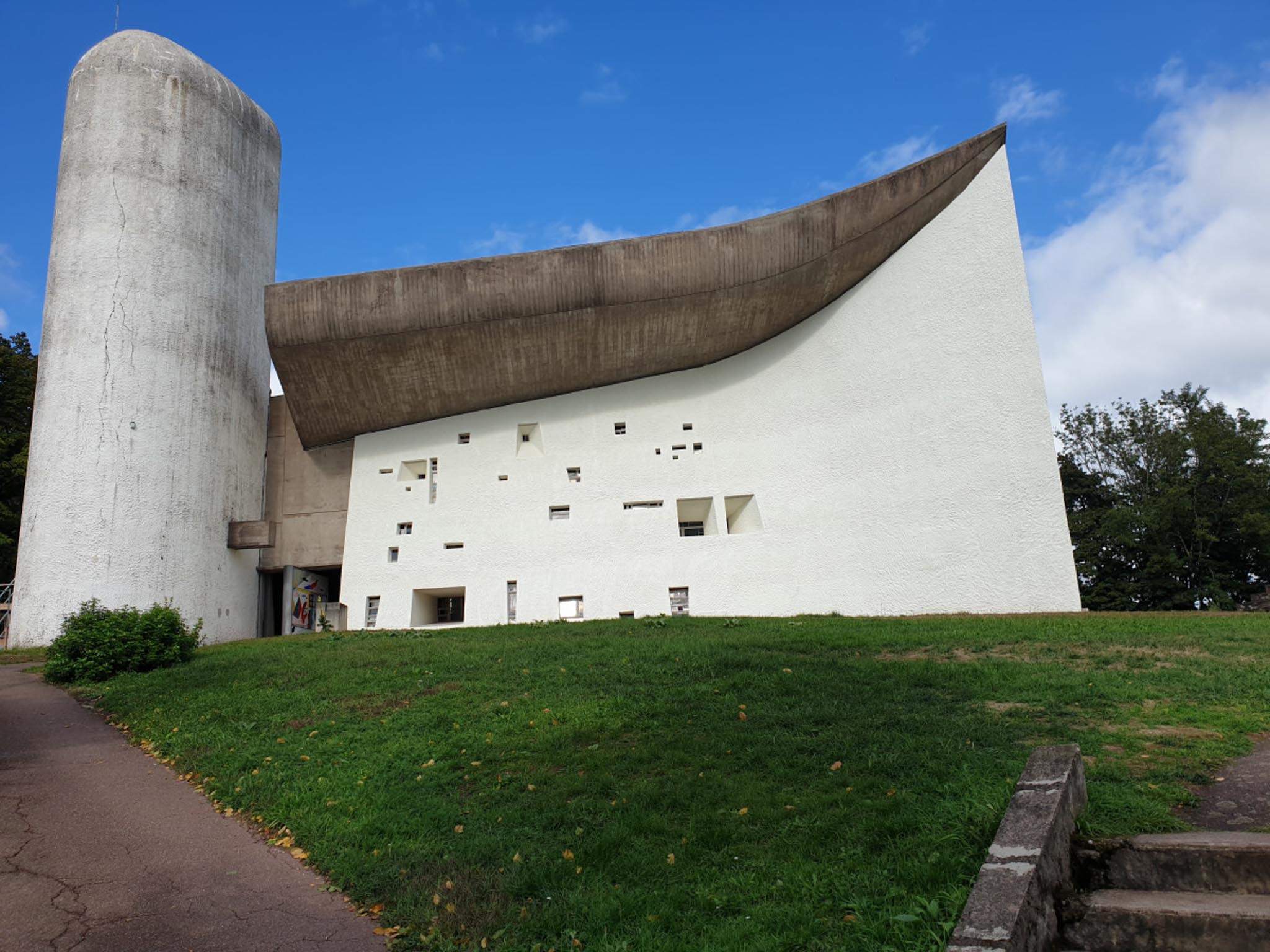
The Pioneer of Modern Architecture: The Le Corbusier Legacy
From art, furniture, and architecture, Le Corbusier is a visual artist and architect known by other architects from all over the world. From France, Germany, across India, to the U.S., and South America, his name can be seen in timeless projects. Charles-Edouard Jeanneret-Gris or Le Corbusier is the pioneer of modern architecture in shaping the perceptions of modern architecture and modernity. By the 1920’s, he became famous for being a prolific writer and lecturer who founded the influential magazine L’Espirit nouveau. Here, Le Corbusier articulated his thoughts on ‘volume’, ‘surface’, and ‘plan’. These are the central components of modern architecture and urban planning.
Through his work, Le Corbusier emphasized streamlined and simplified volumes and shapes. Though they were simple, they always touched the human soul. Though his designs seemed to be utilitarian designs, he focused on constantly marrying them with poetry, beauty, and harmony. In terms of architecture, Le Corbusier’s designs carried new ideas of modernity that people called an ‘Espirit Nouveau’. Though Le Corbusier passed on August 27, 1965, his designs are still iconic and stand strong up to today.
Related read: The interplay of colors inside Philipp Mohr’s faithful renovation of a Le Corbusier apartment
Villa Savoye

Apparently, one of the ultimate trendsetters in modern architecture, Villa Savoye is one of the most significant contributions to modern architecture. Completed in 1929, Villa Savoye is a modern take on a French country house. At the same time, its design resonates with his Five Points of Architecture. These include Pilotis (reinforced-concrete columns), the open plan, ribbon windows, the free facade, and the roof garden. The project’s masterpiece feature is the incorporation of a series of ramps. These lead all the way up to the rooftop garden from the lower level and urge the inhabitants to slow down and experience the space in its entirety.
Unité d’habitation

A housing unit in Mariselle, Unité d’habitation was Le Corubsier’s first large-scale housing project. It was completed by 1952 and practically made up a vertical garden city that focused on communal living. One of Le Corbusier’s most innovative residential buildings, it’s said to have influenced the Brutalist style with the use of beton-brut concrete.
Notre Dame du Haut

Notre Dame du Haut is a more extreme design compared to Le Corbusier’s late style. It’s a comparatively small concrete structure enclosed by thick walls and topped with an upturned roof supported on columns within the walls. From afar, it looks like a sail billowing over the hilltop.
Notre Dame du Haut is sometimes described as the first post-modern building. It also has a frame made of columns and beams of reinforced concrete supporting the roof. It is embedded in the mass of the filling walls made from stones recovered from the old church. The plan consists of a single space and is asymmetrical plan with curved walls surmounted by a roof shaped like a crab shell.
Pavilion Le Corbusier

The Pavillion Le Corbusier at the Heidi Weber Museum is the last building designed by Le Corbusier. People can distinguish it through its floating steel roof and brightly colored panels. The pavilion is a commission work for interior designer Heidi Weber. Currently, it works both as her own small home and a building to house Le Corbusier’s artwork.
Related read: Combining Colors: Revisiting Le Corbusier’s Color Theory
Le Corbusier has several contributions to the creative society. Le Corbusier also introduced Architectural Polychromy. This a color scheme consists of 63 fascinating colors and is divided into nine groups. As a pioneer, Le Corbusier has ideas and tools that when studied well, can help create more master architects.


